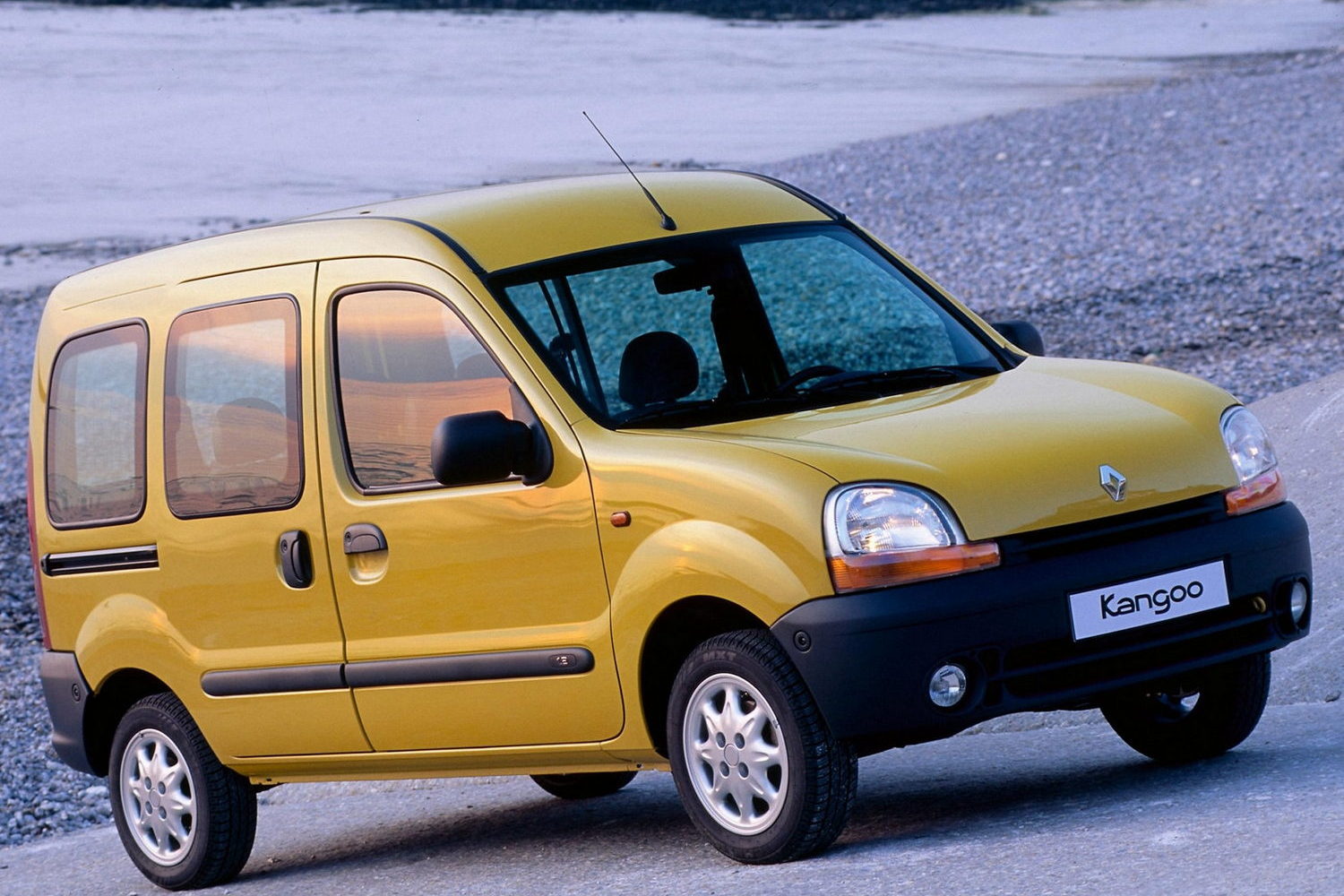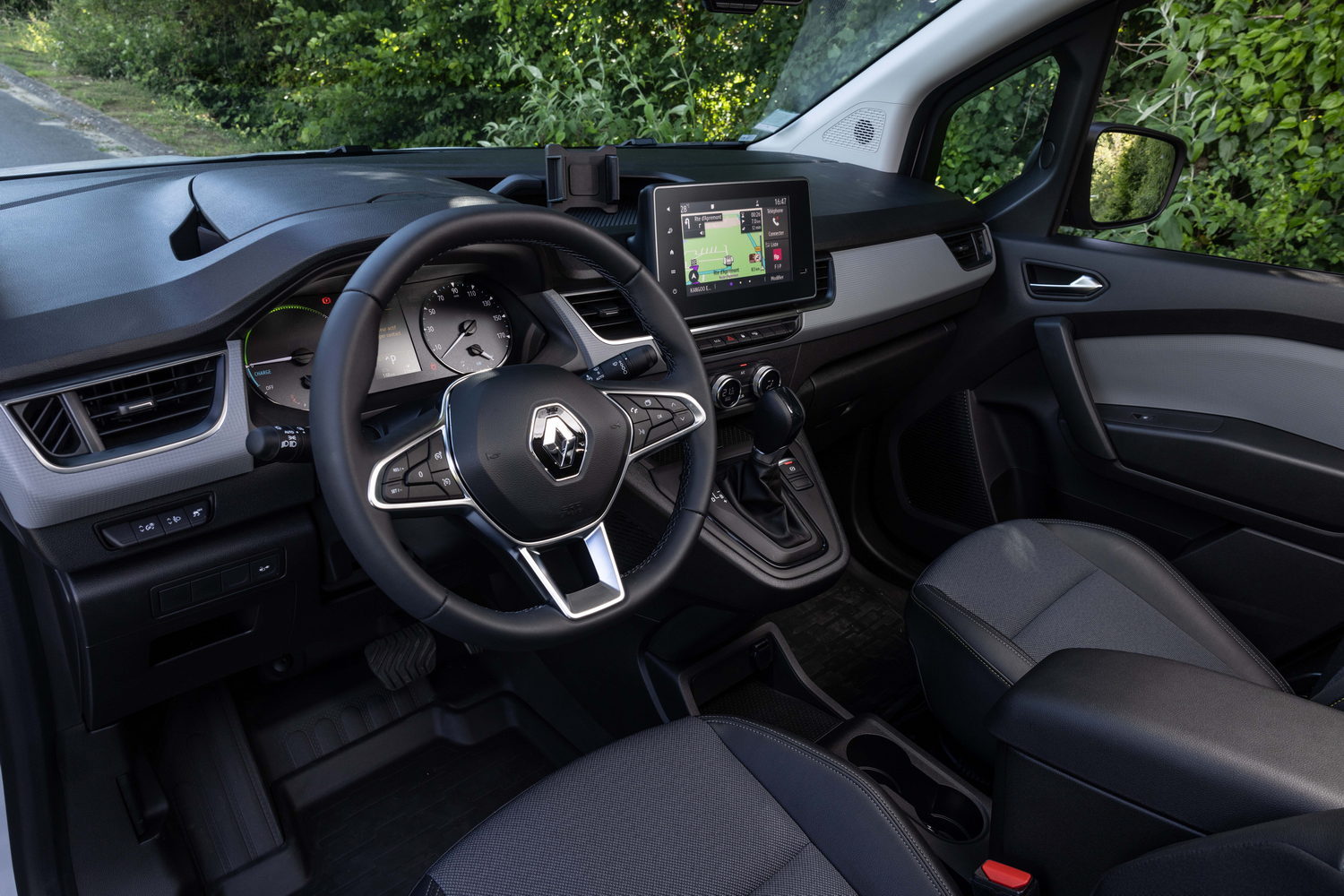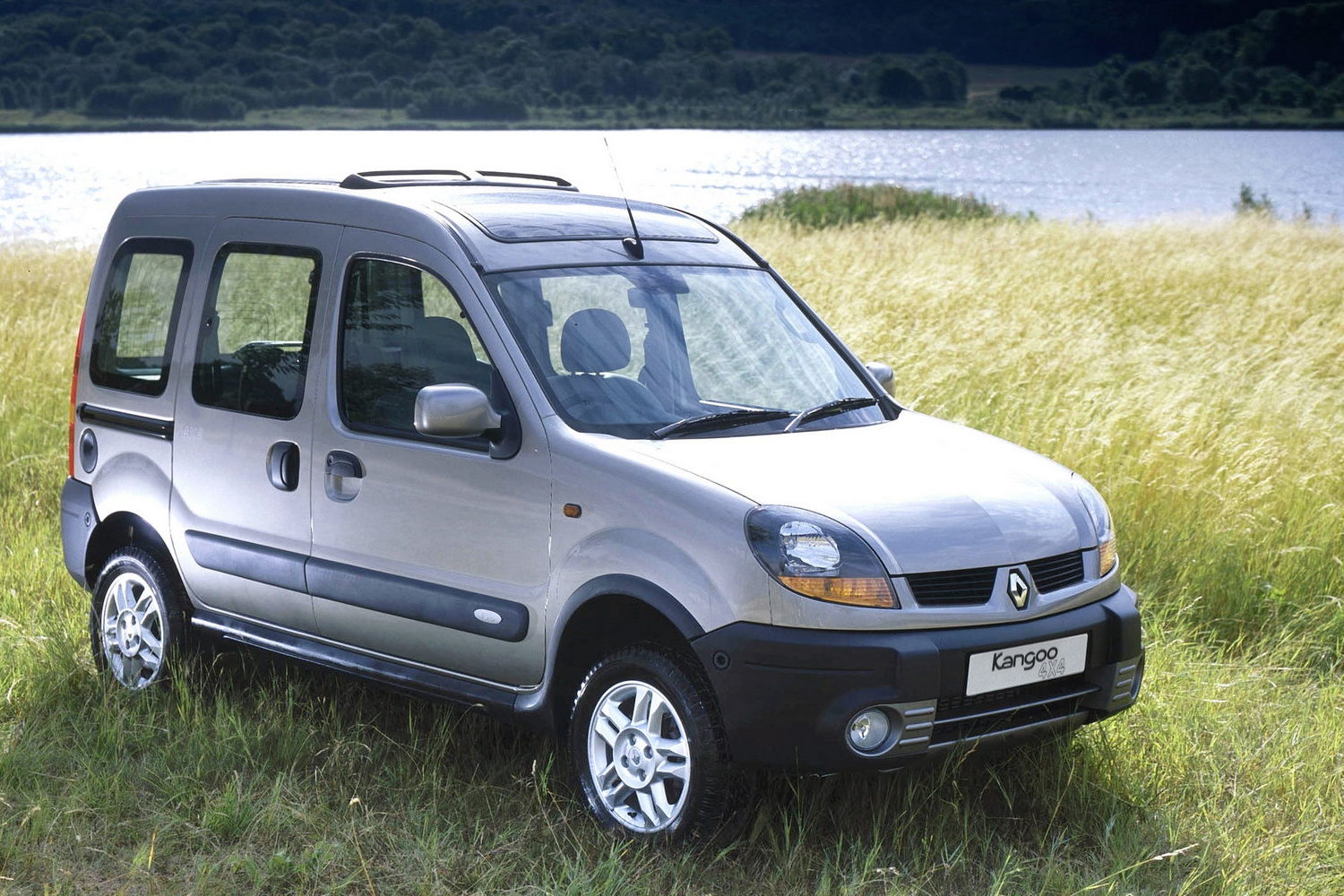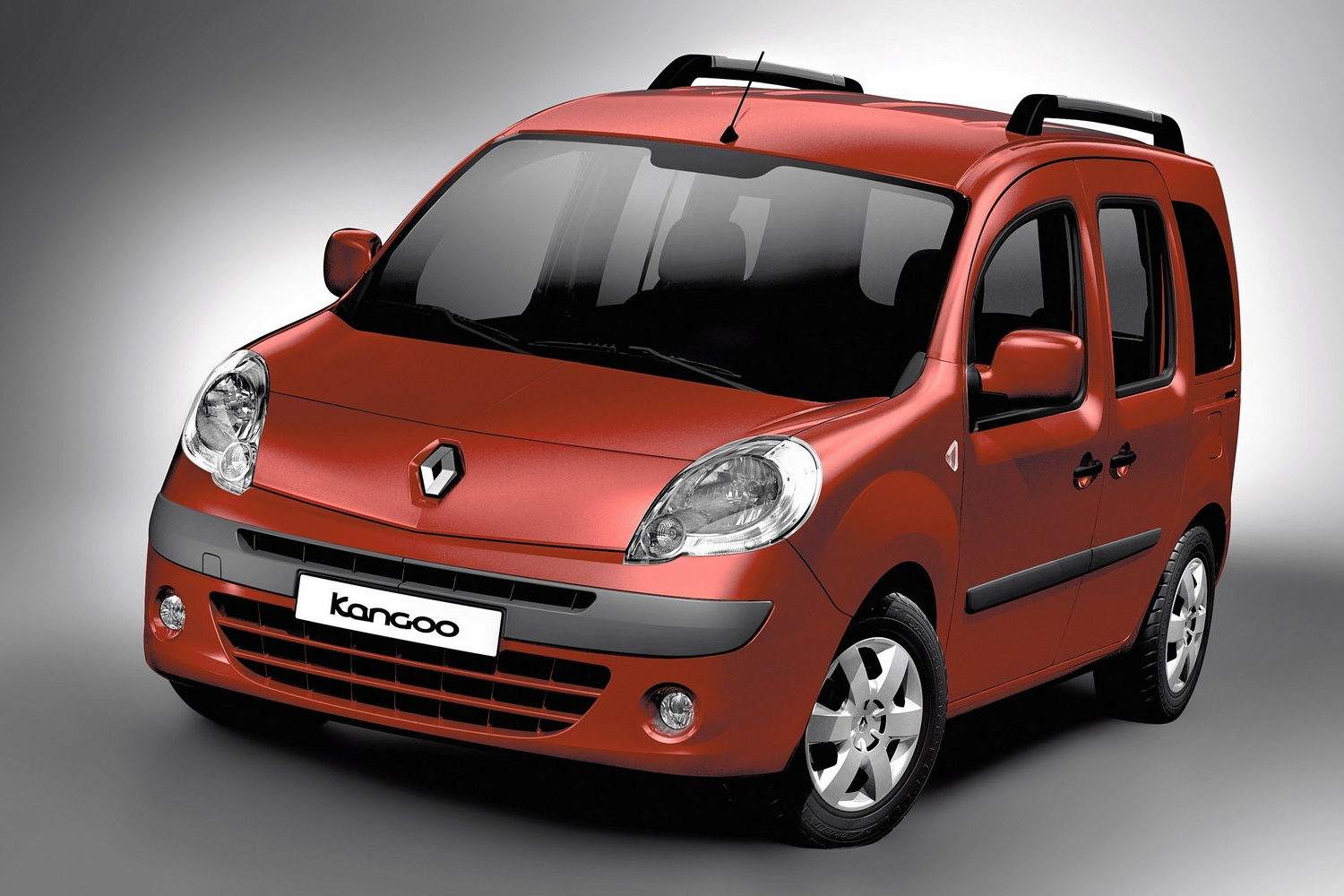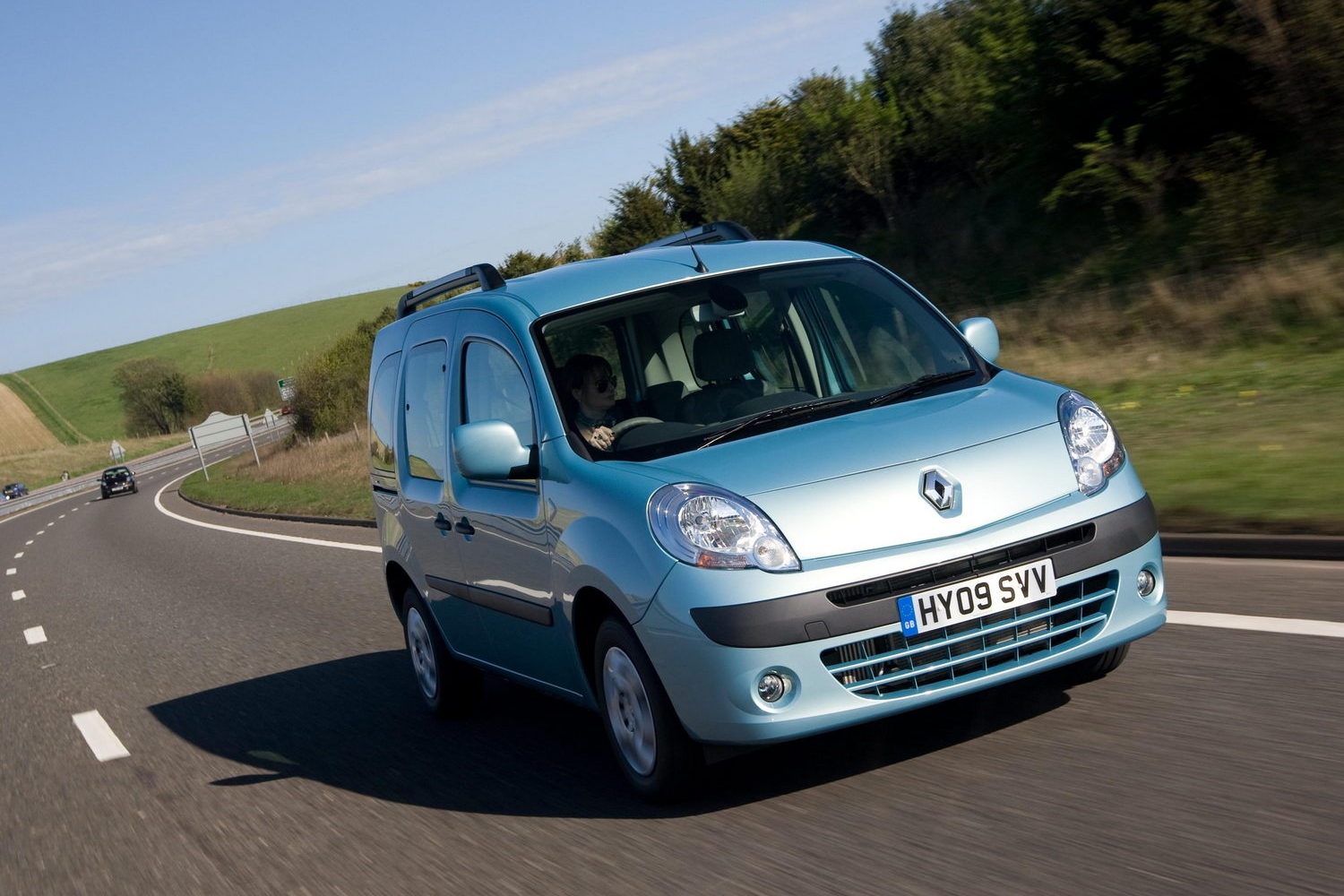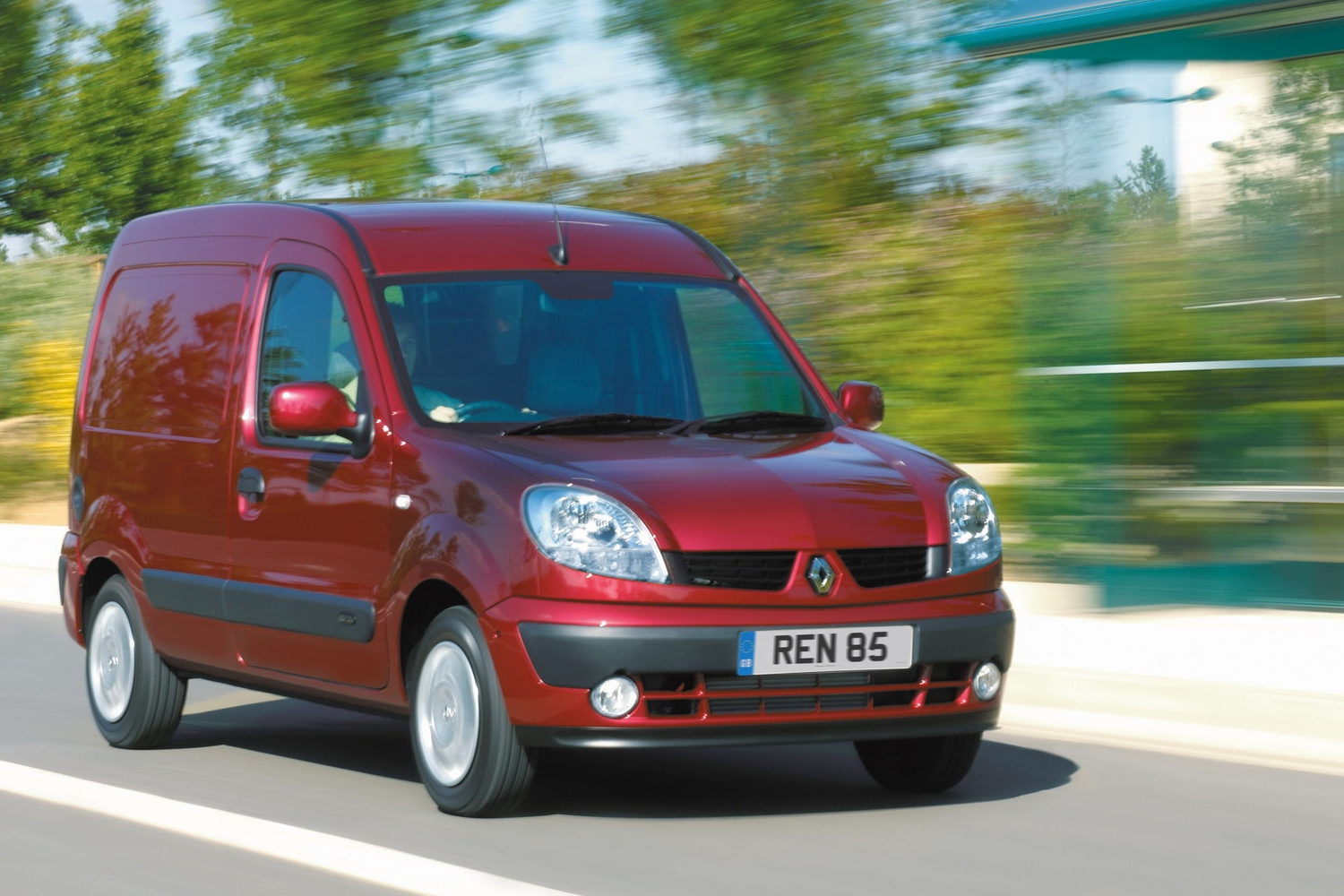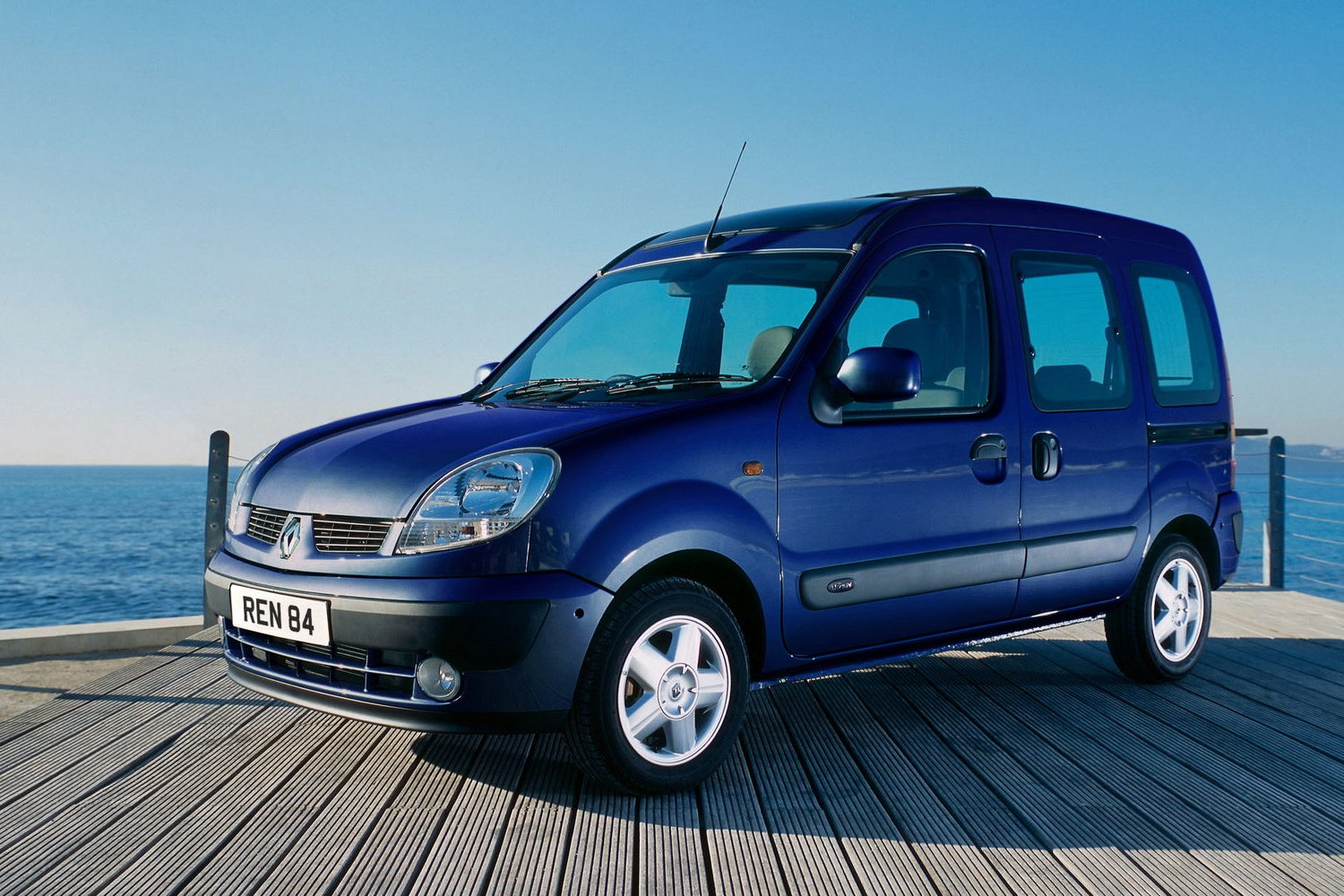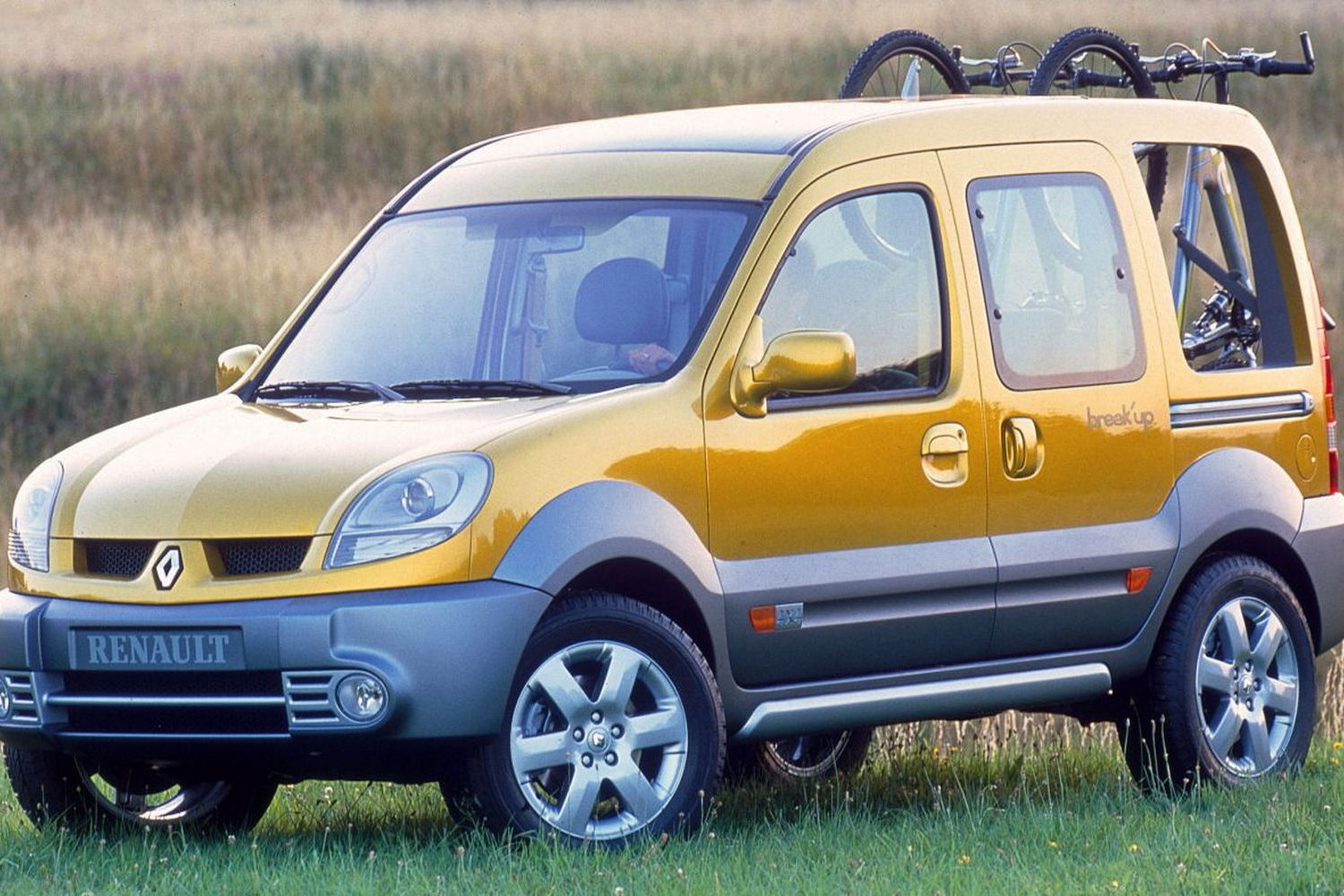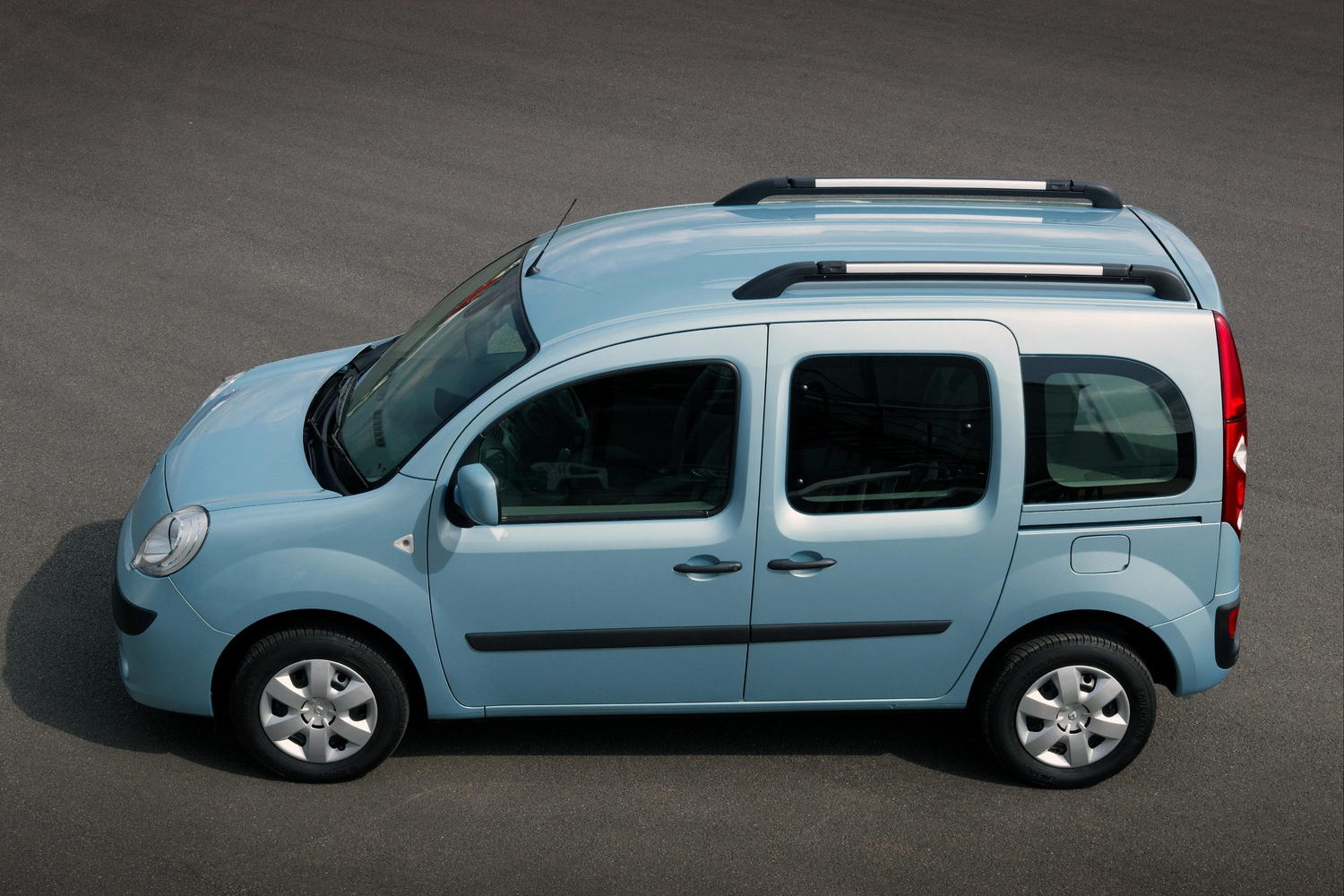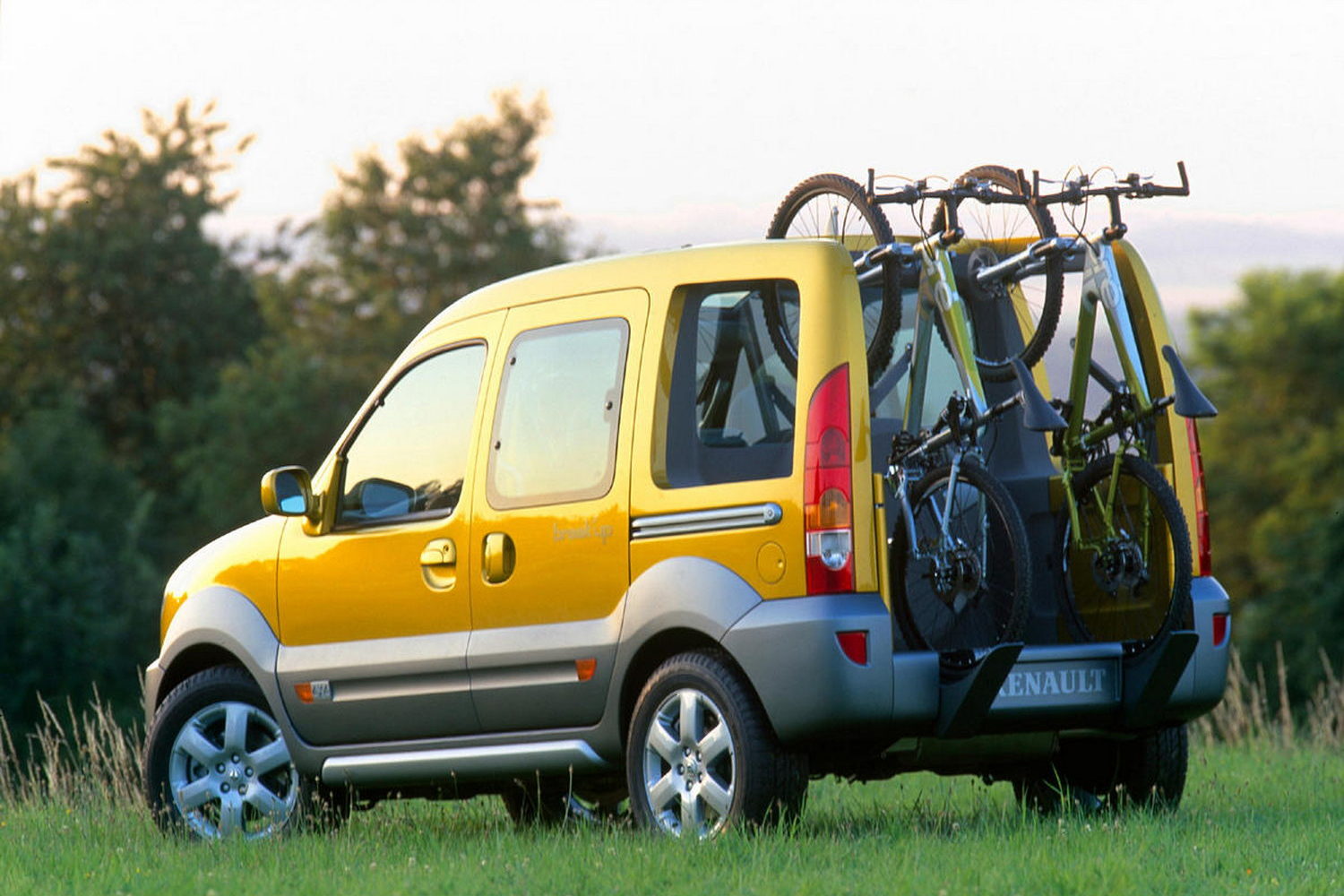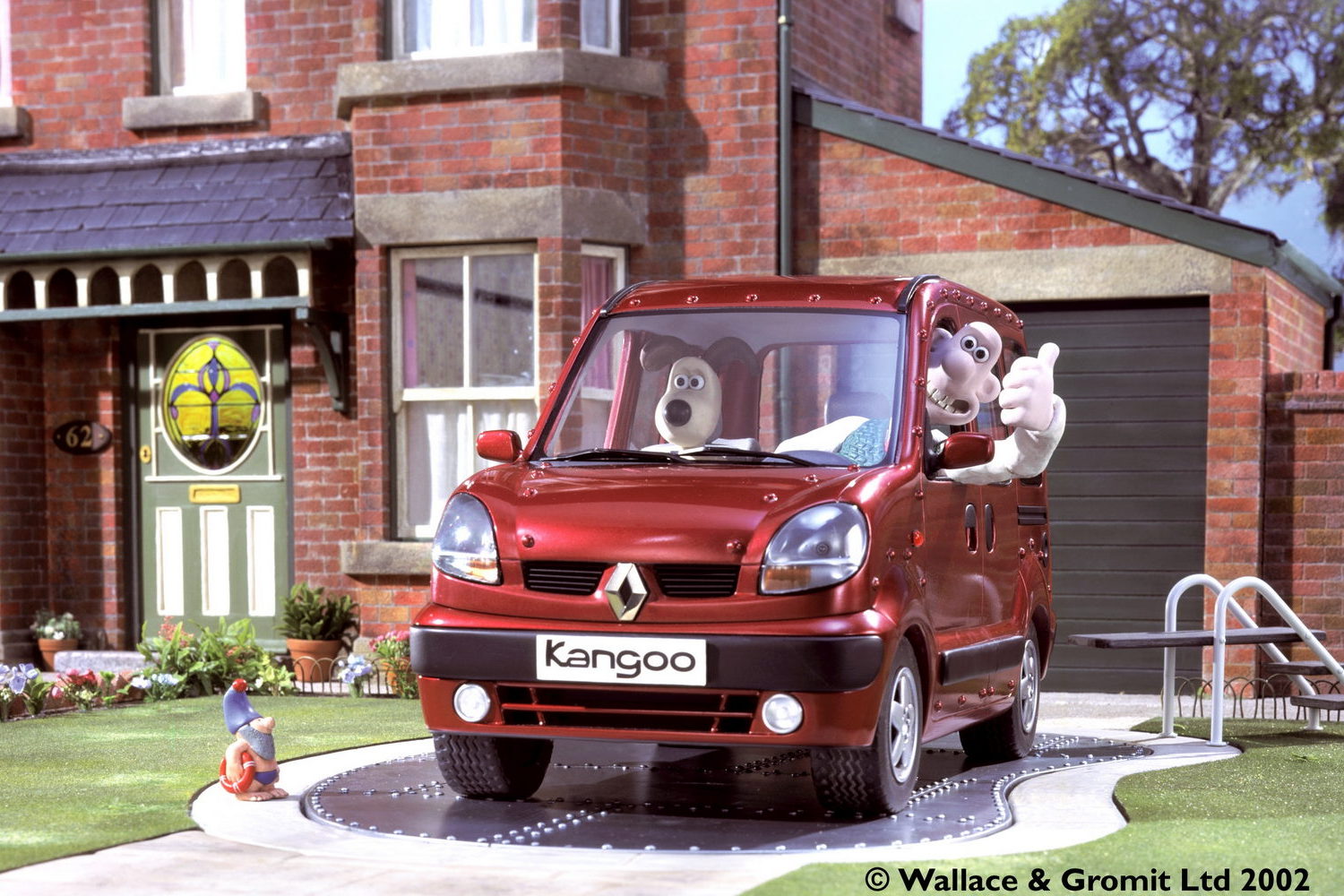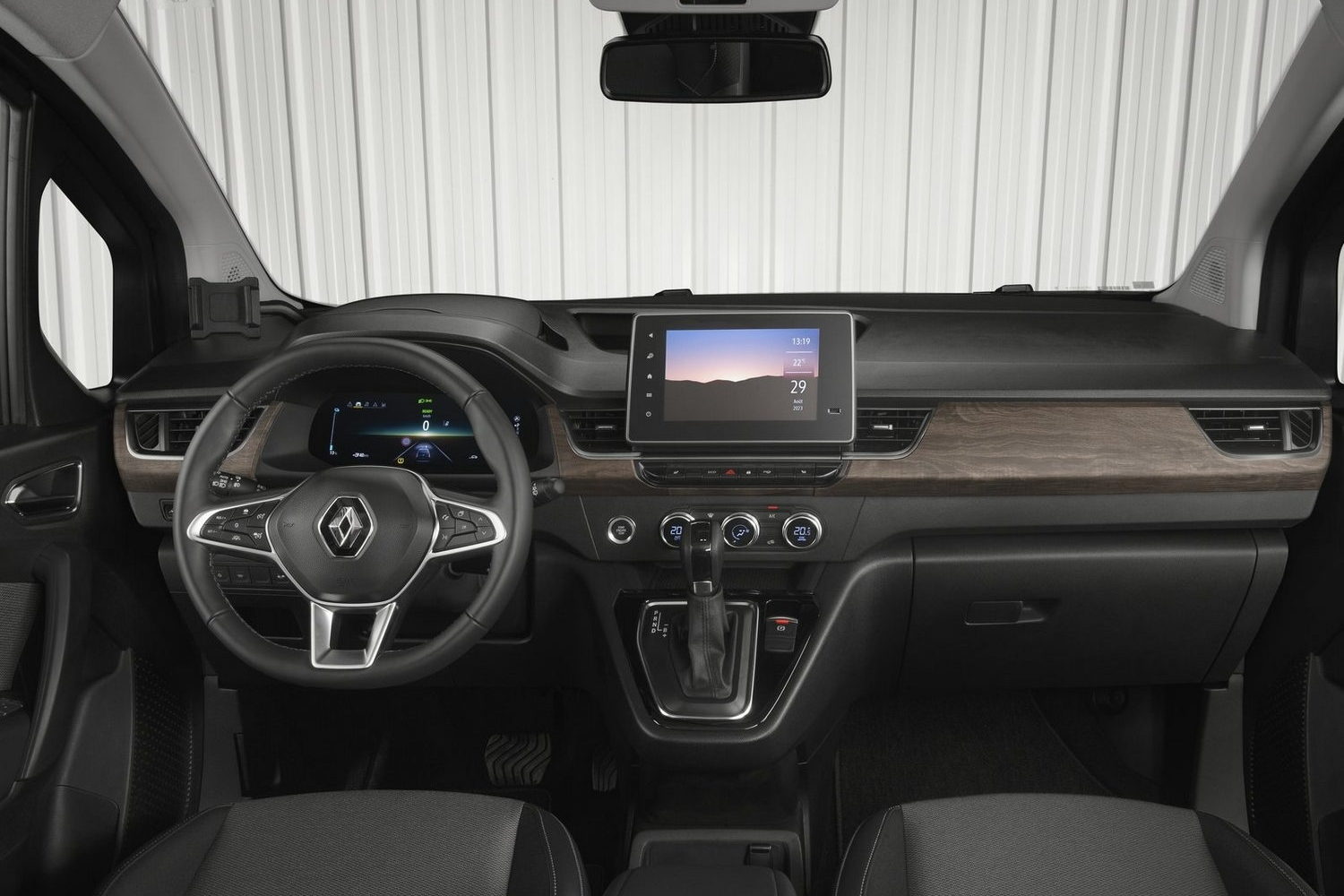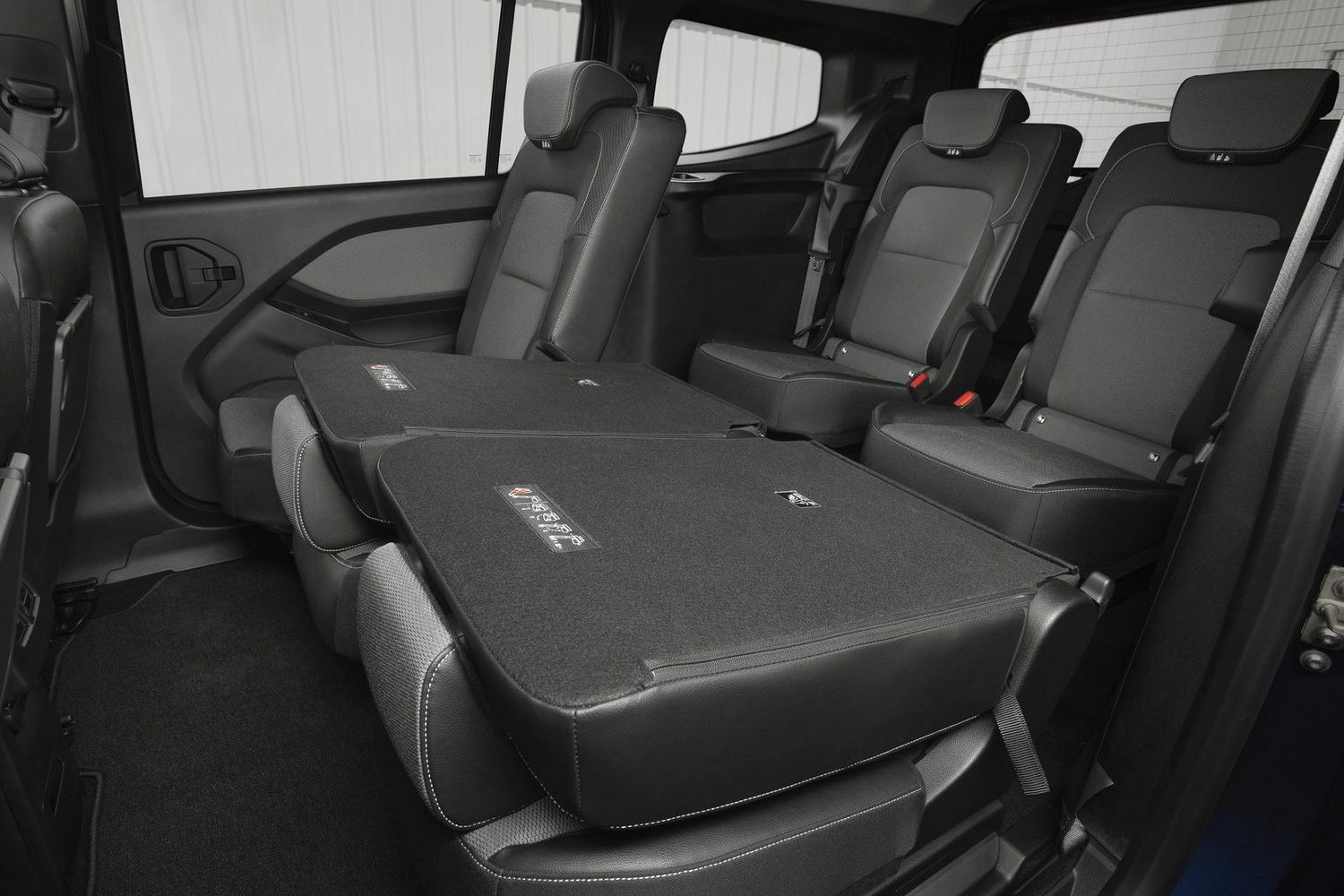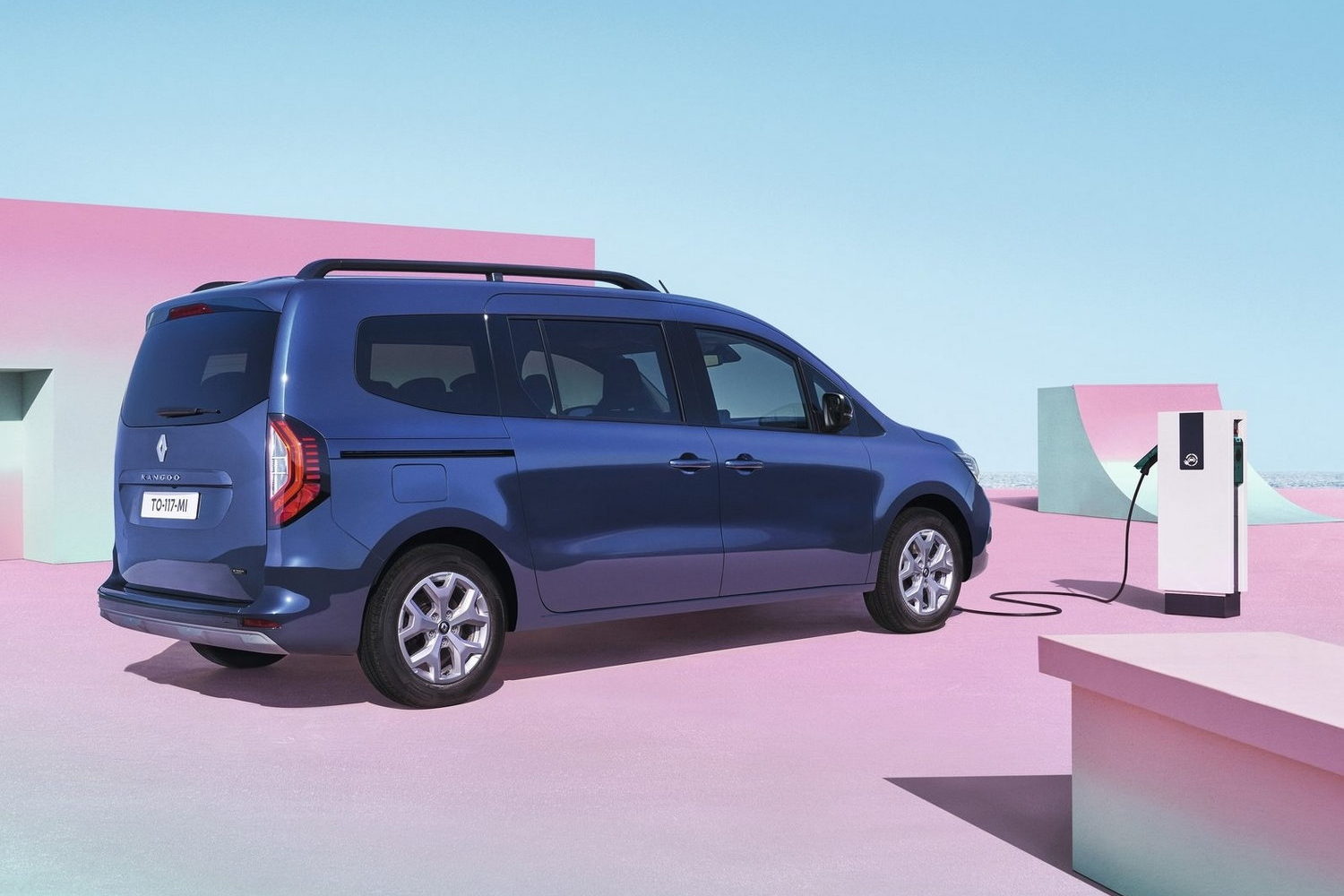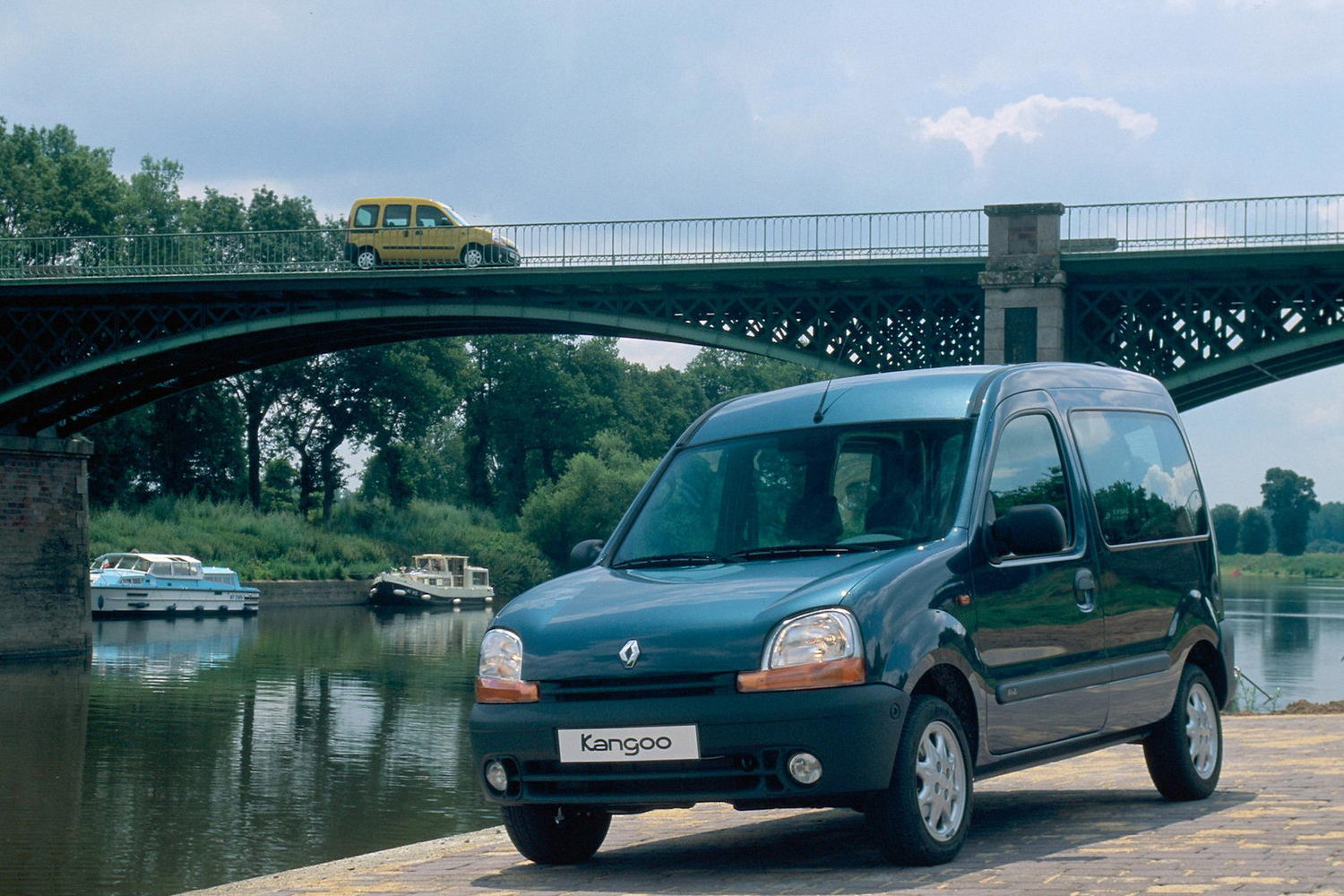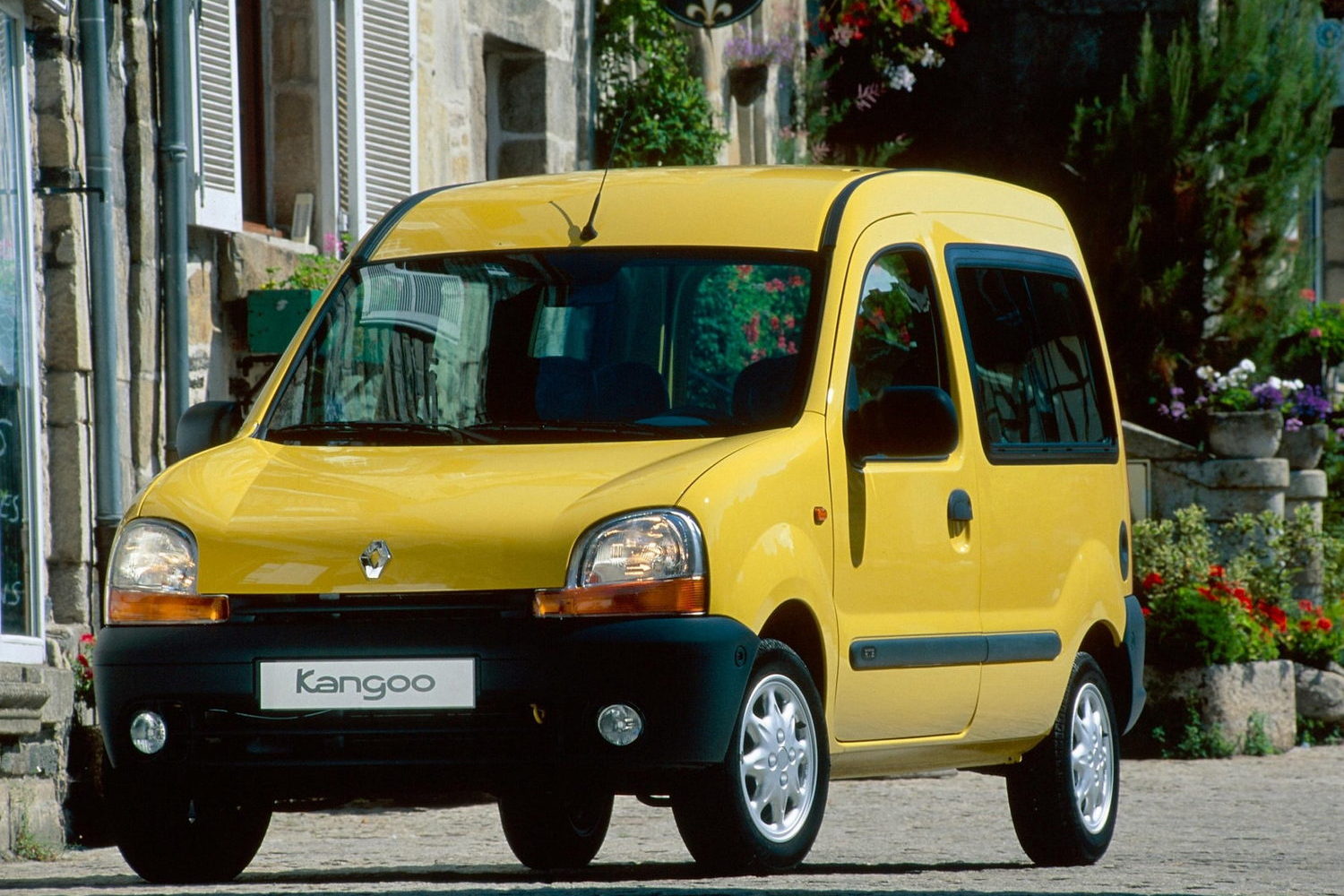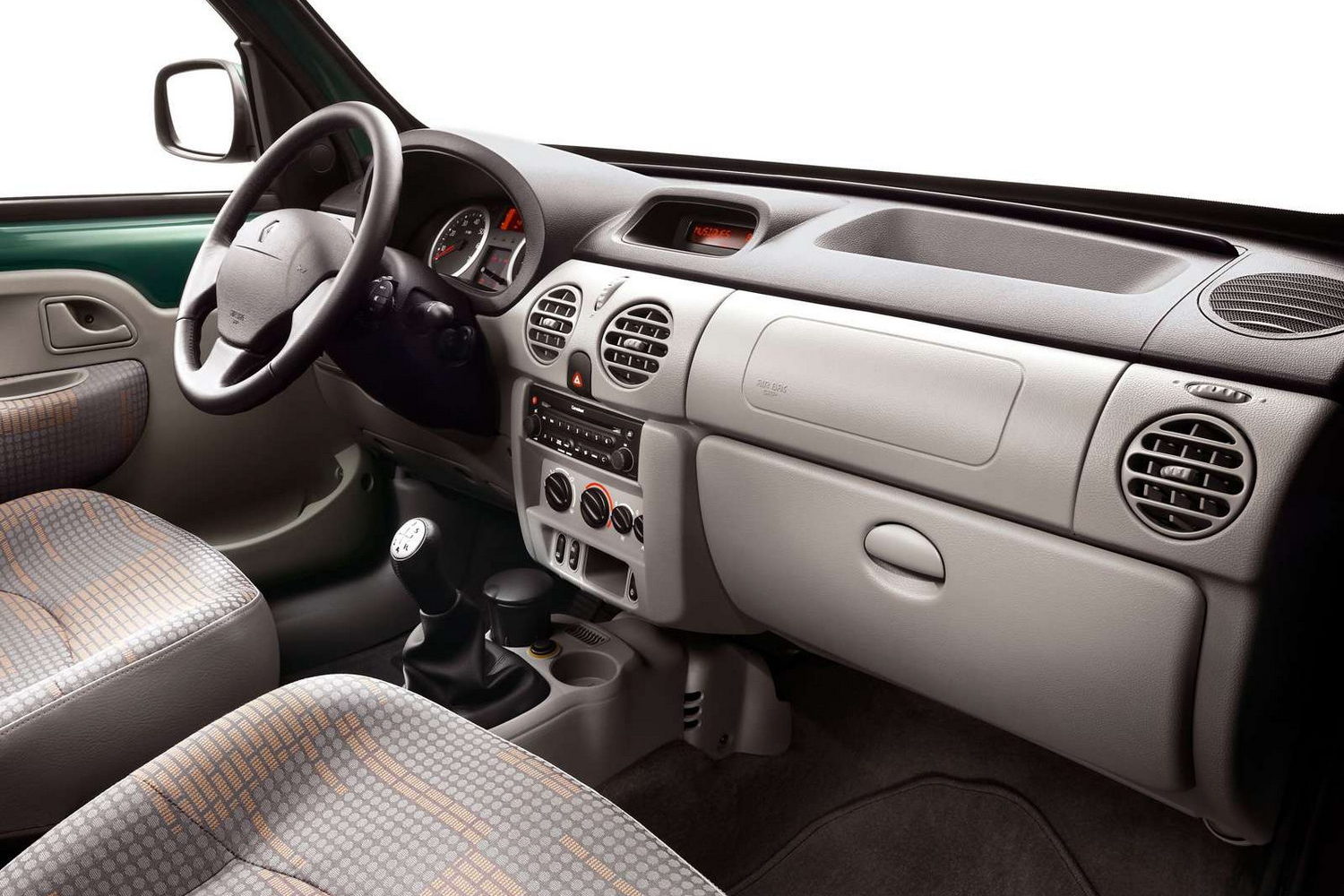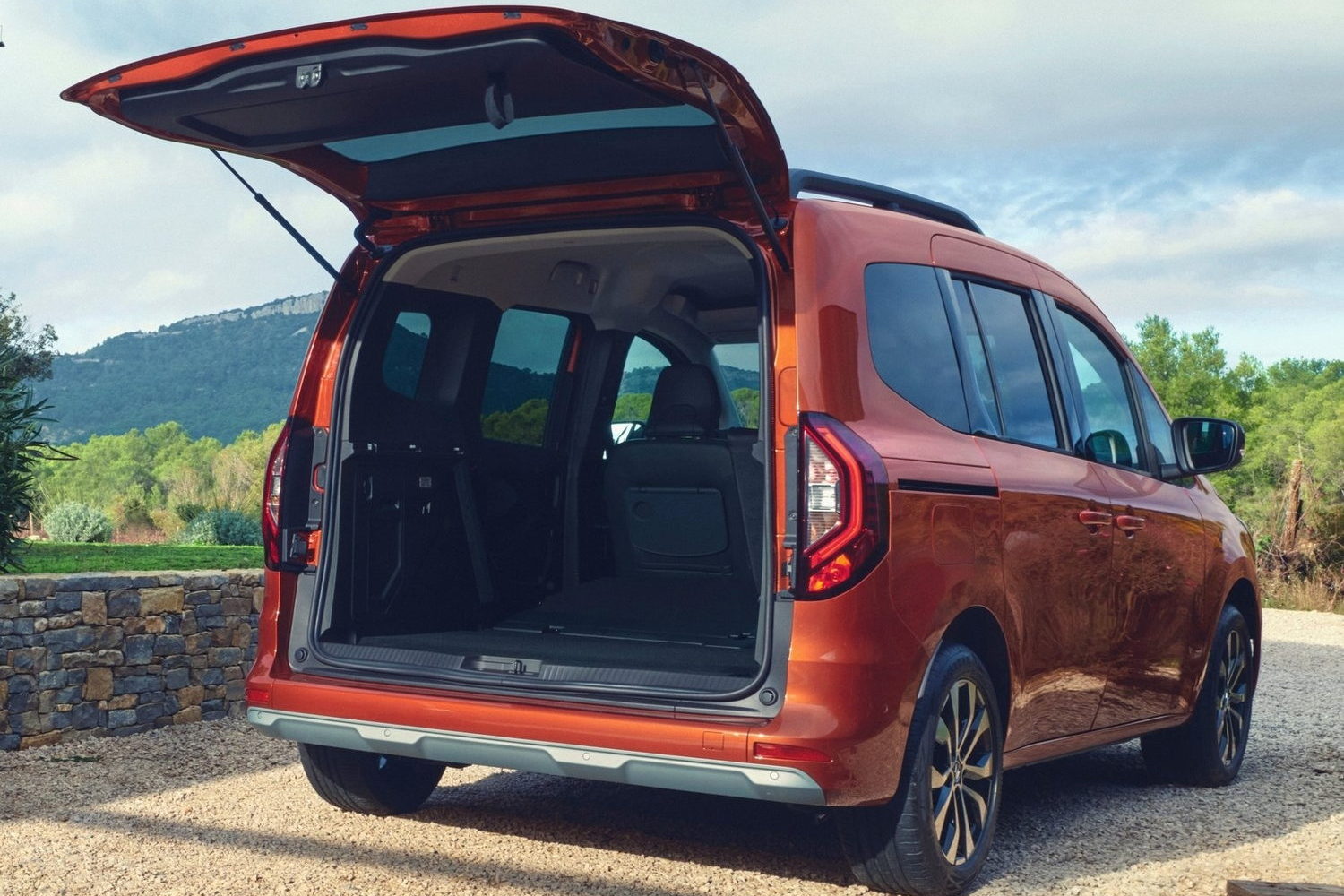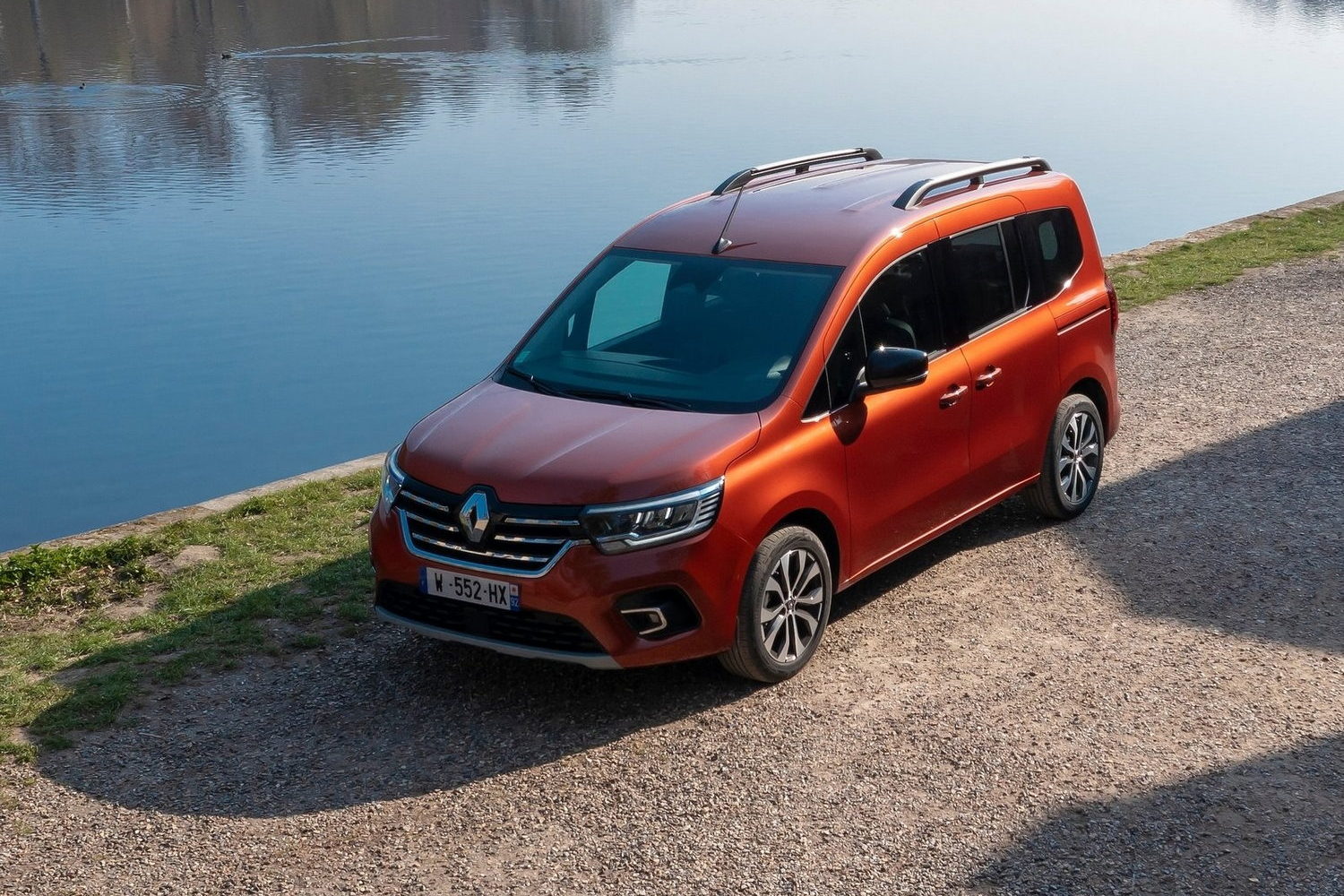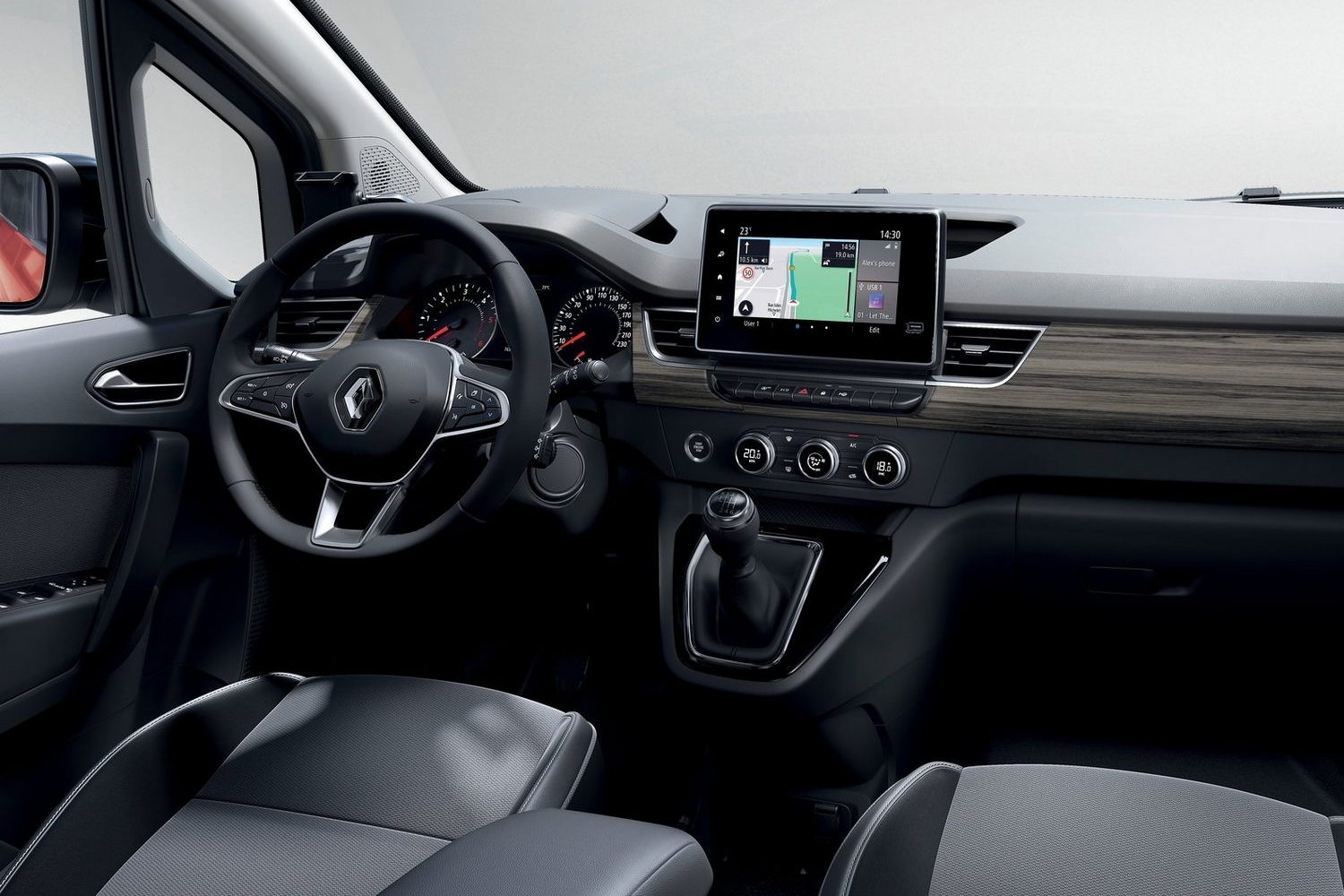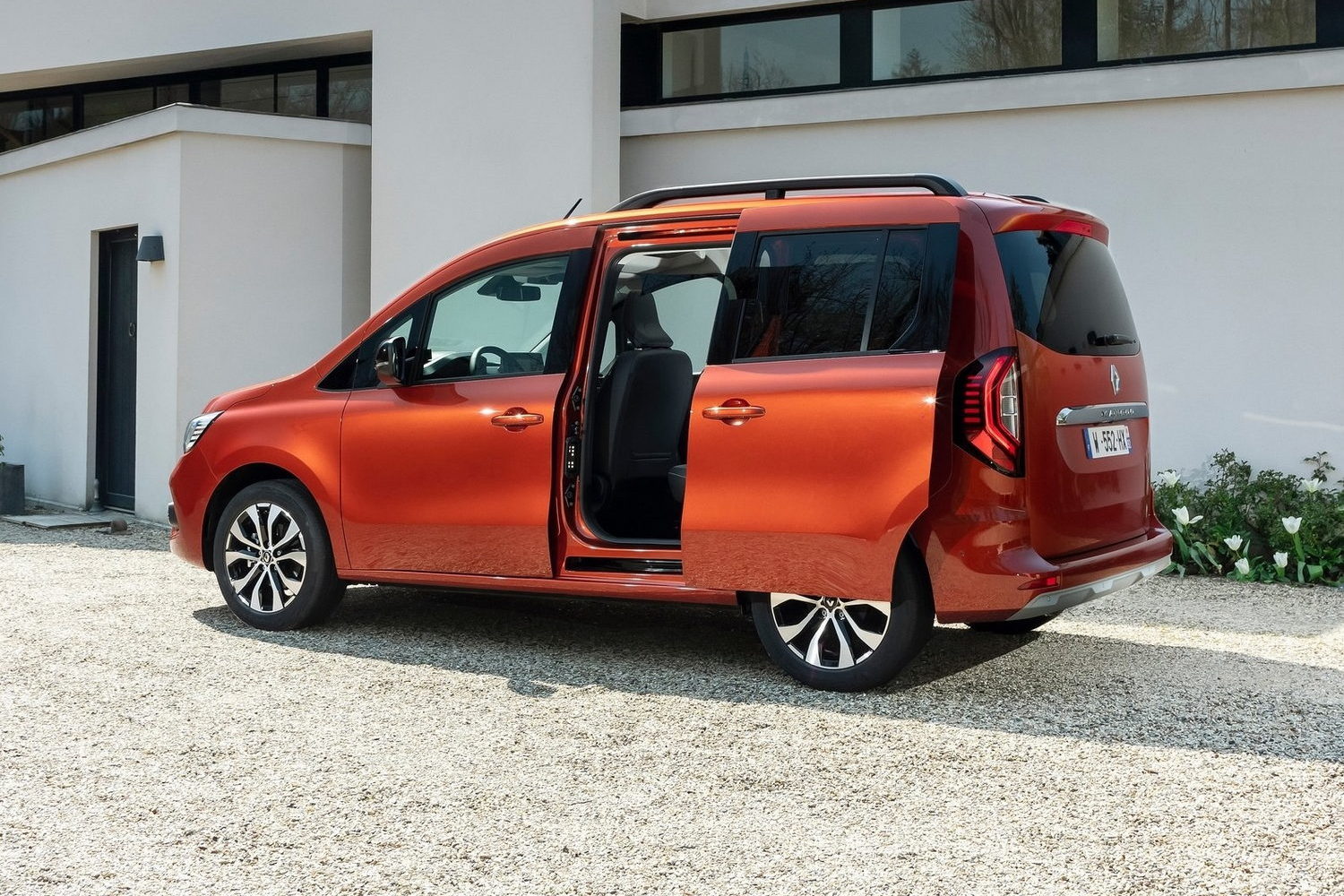The Renault Kangoo is something of a car you just don't expect. I can still clearly remember my first time driving one. It was a chilly January day in 2001, and I was part of a team filming for the old RTE TV series, Drive. The Kangoo, far from being the crew van, was actually the star of the particular piece, going up against Citroen's conceptually similar Berlingo in a twin-test.
A twin-test which the Kangoo won, incidentally. Why? Because it felt more like a car than did the Berlingo. The Kangoo, at least the one we had on test, had a 1.4-litre petrol engine which, while a touch wheezy, still felt and sounded more eager than did the Berlingo's gruff 1.9 diesel.
Equally, there may have been a touch of my own personal mask of objectivity slipping. You see, I'd grown up in a West Cork household where the daily transport was a choice of my dad's Transit van (he was an electrician) or my mum's inevitably yellow Renault 4.
Now, the original Renault 4 was no-one's idea of chic sophistication, but with its squashy vinyl seats, the push-pull-twist gear lever and the soft suspension's ability to scratch the edges of the door handles off the tarmac, it just massively appealed to this nascent petrolhead.
So too did the Kangoo. Sure, it only had 75hp, and took a yawning 14.9 seconds to hit 100km/h, but in many ways that was all part of the appeal. You had to drive it in the manner of a French farmer - spend the first five minutes of a journey building up momentum, and the balance of your time violently refusing to surrender that momentum. Yielding? Pffft, that's for other people, mon ami.
I kinda loved the style of it too, especially the pre-facelift 'KC' version which had a rounded, blunt bonnet and simple eye-like headlights which put you in mind of the original Patrick Le Quément Renault Twingo (still one of the single greatest cars ever made - don't @ me). The later 2003 facelift, which gave it a grille at the front and diamond-shaped lights was fine and all, but lacked the pretty simplicity of the original.
The cabin was always fabulous. Just as with early Dacias, you could play an enjoyable game of 'Spot The Switch From The Renault 5' but while everything was clearly and obviously built down to a shiny, hard-wearing, van-appropriate cheapness, it also managed to feel well-enough assembled and - typically French - it had fantastically comfortable seats, so that Monsieur La Poste could complete his rounds without any mal de posterior.
Those original Kangoos - launched in 1997, but going on sale in 1998 properly so we're still counting the 25th anniversary as being valid this year - had a single sliding side door, but that was upgraded in 1999 to twin sliding side doors, which made loading kids into the five-seat interior of the Kangoo Kar version an utter doddle.
Behind those seats (only the five, as a seven-seat Kangoo wouldn't arrive until the second-generation model in 2007) was a boot that could stretch from 650 litres all the way up to 2,600 litres if you took the back seats out. It was a car that could turn into a van and then back again - ideal for anyone running a small business who didn't want to lash out cash on a second car for family duties, really. That vast boot was housed in a car that was, let me remind you, just 3,990mm long - shorter than a current Skoda Fabia. It also only weighed 1,140kg.
You could buy a few different versions of the Kangoo, including a Trekka 4x4 with raised ground clearance, and - oddly - in the Swedish market there was a mad-looking pickup model. Renault itself made a fab-looking concept car, the Break'Up which was basically a Kangoo five-seater with an open rear deck, but retaining the rear pillars. It looked impressive, but sadly a production version was not forthcoming.
It was the Trekka 4x4 that garnered possibly the greatest accolade of the Kangoo's life, though. It turned out that Gordon Murray - the man behind Senna and Prost's Formula One Championship winning racers, and the McLaren F1 supercar - has owned two, and praised the car's simple, practical, logical nature.
As mentioned, in 2007 the Kangoo got a second generation, which was kind of rounded and quirky looking, but for my money lacked the harmonious design of that 1997 original. Still, it was a huge success, introducing a long-wheelbase model which could be decked out with seven seats, and introducing the first electric Kangoo, the Kangoo Z.E. with its 170km range. You still see a few of those scuttling silently about.
The second-gen Kangoo was also the version where other car makers started to get in on the act. Not by producing rivals, but by simply making their own versions of the Kangoo. Nissan was an obvious one to do so - Renault and Nissan after all have been joined at the hip since the early 2000s, so the Nissan NV250 is basically a Kangoo with Japanese badging. Perhaps less obviously is the Mercedes Citan. This version came about thanks to Renault (as well as Nissan and Infiniti) having an engine-sharing agreement with Mercedes (the 1.3-litre turbocharged petrol engine that's used by cars as various as the Renault Austral, the Nissan Qashqai and the Mercedes-Benz A-Class). Thanks to the fact that the companies were already working together, it was a simple enough agreement to turn the Kangoo into the Citan, a partnership which has now reached its second generation.
That's because, in 2020, Renault launched the third Kangoo, technically the 'FFK/KFK' model. It's still a van. It can still be bought as a multi-seat people carrier. And you can still buy an electric model, which now has a range of up to 300km. It's a vastly different car to that original Kangoo, though. The interior is no longer hose-out hardy, and instead has sophisticated touchscreens and electrically adjustable seats. The exterior styling is also much more sophisticated, more car-like, and you could even call it classy if you get one in a dark metallic colour.
Across those three generations, the Kangoo has inspired some serious fanboying, not least in the Pacific region... Where's the biggest annual gathering of Renault Kangoos? France, surely? Somewhere near Lyon, perhaps? Or in the Medoc region? Or Paris?
Nope, it's none of those. In fact, it's Japan where you'll find the world's biggest Kangoo-based meet-up. It's been running for 14 years now, and this year some 5,000 visitors came to the Kangoo Jamboree to see some 2,000 examples of the practical-yet-funky French car (or van, we're not being separatists here) gathered together.
For whatever reason - basically because no-one loves a funky, slightly different car more than Japanese car enthusiasts - the Kangoo really took off out in the Pacific, and so the Kangoo Jamboree has been running since 2009.
As it's the biggest celebration of the loveable car, Renault decided that this year's event would be the perfect place to launch the new Grand Kangoo to the Japanese market.
Present at the event were the President of Renault Japan, Junpei Ogawa alongside Heinz-Jürgen Löw, senior vice president of Renault commercial vehicles, Thierry Plantegenest, sales and marketing director of Renault commercial vehicles, and Florent Pichereau, Kangoo product launch manager.
"It is an honour for me to take part in the 2023 Kangoo Jamboree and to reveal the new Renault Grand Kangoo to the Japanese public for the first time. I would like to thank all the fans who are taking part in this event and who are sharing their passion for Kangoo and the values of this vehicle: family, modularity and innovation. I'm convinced that the third generation will be just as popular as its predecessors and that we'll continue to celebrate this vehicle at the Kangoo Jamboree," said Heinz-Jürgen Löw.
That the Kangoo has been a massive success for Renault is unquestionable. It has found some 4.4 million homes in 50 countries since the first one was made at Renault's factory in Maubeuge, France (it has also been made in Malaysia, Morocco and Argentina) way back in 1997. The current model will doubtless continue that trajectory, not least because it's easily the most sophisticated Kangoo ever, and the one that if you were going to run one as a five-or-seven-seat family car, is definitely the one you should go for, given that its comfort and refinement levels are easily equal to those of 'normal' family cars.
My heart still lies with that original Kangoo Kar I drove around for the cameras all those years ago. Noisy? Sure. Slow? Utterly. Cheap? In every sense. But it was a car bursting at its cleverly-designed seams with character and charm, in the way that all the best French cars are. It was a car (OK, van) so clever and cute that even Wallace & Gromit - those clay-mation superstars - performed in some of the TV adverts for the Kangoo. I'd have one right now.

